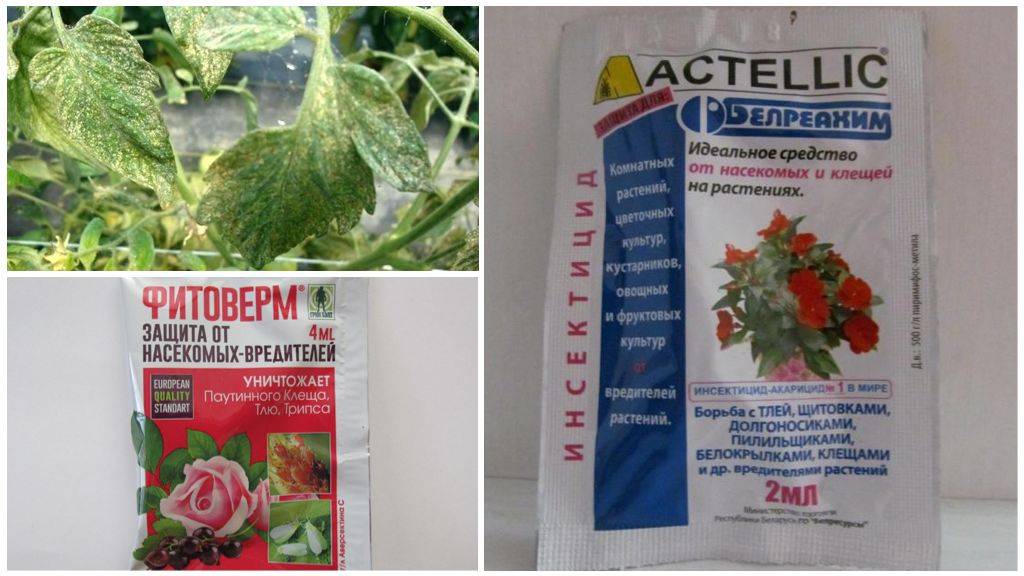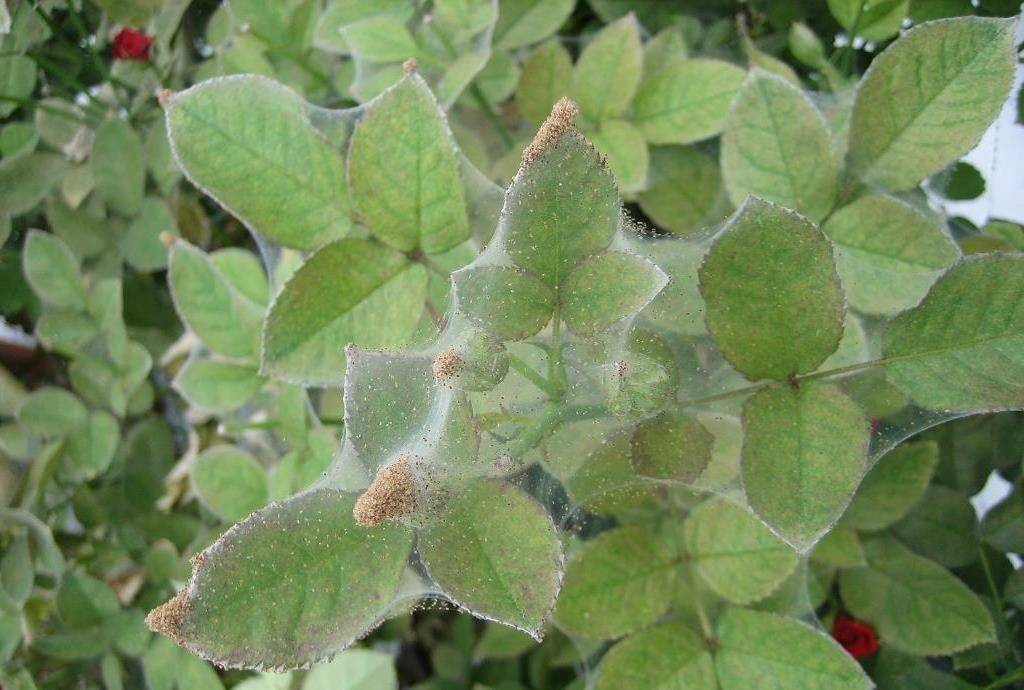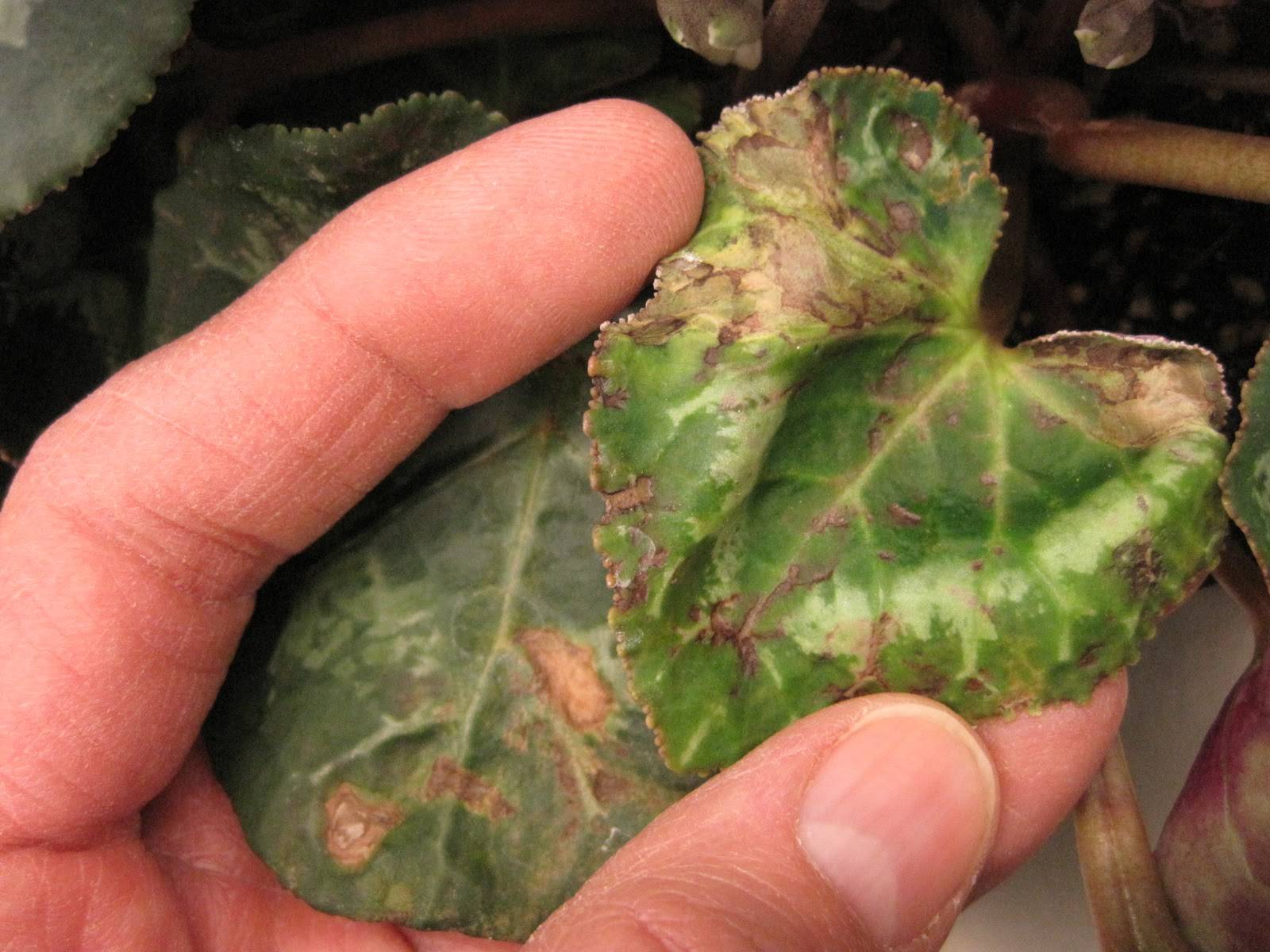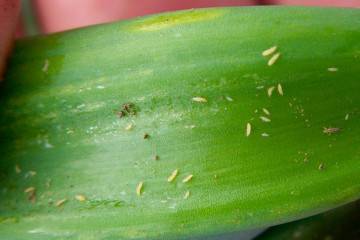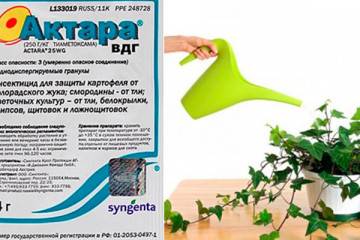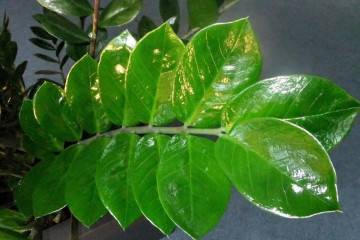Spider mite on indoor plants - how to deal
Content:
When growing flower crops at home, you often have to face various problems. For example, with the appearance of pests on flowers. One of the most common harmful insects is the spider mite. You need to start fighting with it immediately after it appears.
Spider mite on indoor plants - how to deal
There can be many reasons for the occurrence of a tick. From improper care to contaminated soil used for planting.
Signs of mite infestation of indoor plants
In order to detect the pest on flowers in time, you need to regularly inspect the foliage and plant stems. It can hide in the ground, on leaves and between stems. The spider mite is invisible to the naked eye. The size of an adult is up to 5 mm, therefore, its appearance will have to be determined by other criteria.
Signs of spider mite damage to flowers:
- Pale yellow spots appear on the surface of the leaf plate.
- If the population has already begun to actively reproduce, a thin white cobweb can be seen on the back of the leaf.
White spider web on indoor plants
A characteristic feature of a spider mite is a white spider web. It appears mainly when the plant is already heavily infested. The cobweb can be seen on the underside of the leaf. But in some cases, it can also be on the front side.
White spiders on indoor flowers
It is very difficult to notice a spider mite with the naked eye. The insect is too small. Especially if they are newly hatched individuals. Adult insects can be spotted if you look closely. As a rule, the appearance depends on the type of insect. Most often, common spider mites are found on indoor plants. This beetle is white in color and up to 5 mm long.
Where does spider mite come from on indoor plants
Reasons for the appearance of a pest on plants:
- The soil used for planting was contaminated.
- Poor quality planting material.
- Weak immunity in plants.
- Some species can enter the house in summer through open windows.
- Dry indoor air with flowers.
- Excess nitrogen in the soil.
- The temperature is too high.
- Frequent overdrying of the soil.
This insect is very dangerous for plants. If it is not noticed in time, the infected flower may die. It is easier to prevent the appearance of a pest by providing the flowers with proper care than to remove it.
Remedies for spider mites on indoor plants
To quickly get rid of the pest, you need to use chemicals. Best for indoor plants:
- Fitoverm;
- Apollo;
- Akarin;
- Plant-Pin;
- Actellic.
To get rid of the tick, hormonal drugs help - Clofentisine or Flufenzine. They do not destroy, but sterilize females. When using such drugs, ticks die from old age, without giving birth to offspring.
To surely destroy the spiders, you can use special sticks impregnated with poison - "Plant-Pin". The poison is safe for plants. The sticks are stuck into the ground, the poison penetrates into the tissues of the stems and foliage. Having drunk the juice of flowers, the spiders will die.
Folk remedies for spider mites on indoor plants
In addition to chemicals, folk remedies also help from this pest. They are most effective in the early stages of the appearance of the insect. The mites cannot stand the smell of garlic, so you can make a garlic infusion for spraying. To prepare it, crushed cloves must be filled with water and left in the refrigerator for several days.
Laundry soap will also help. You need to make a soapy solution and wipe the sheet plates several times a week.
How to get rid of spider mites on indoor plants
The insect is found on almost all indoor plants, but there are varieties that are most susceptible to this pest.
Cobweb on a room rose, how to fight
If a rose grows at home, spiders may also appear on it. What to do if a cobweb appears on indoor flowers:
- First of all, you need to rinse the bush with soapy water to reduce the population.
- Water the flower abundantly with cold water.
- You can spray the foliage with an infusion of onion peel or garlic.
If folk methods do not help, you will have to resort to using chemicals. The bush is sprayed with Neoron or Actellik preparations. 1-2 treatments will be enough. Protect hands and eyes while spraying. These drugs are highly toxic. After the procedure, the flower must be rearranged into a non-residential room and the room where the treatment took place must be ventilated.
Red spider mite on orchids, how to fight at home
The orchid is another houseplant that, if not properly cared for, suffers from spiders. A red or false mite most often appears on an orchid. It is much more difficult to recognize it, because a cobweb does not appear on the foliage from it. You can meet him on the inside of the foliage plate. He can get into the house from the street through open windows.
How to deal with spider mites at home on indoor plants:
- The orchid needs to be rinsed in the shower and wrapped in a bag. In conditions of high humidity, most of the insects die.
- Another effective measure is chemical treatment. You need to use substances to combat spider mites.
Cyclamen mite on violets and fight against it
Before poisoning pests, you need to provide the violets with optimal conditions. Conditions for violets:
- The temperature in the room should be no more than +24 degrees.
- The optimum humidity level is 45%.
- Good lighting with diffused light.
- Daylight hours for 10-12 hours.
- Correct watering.
How to process the plant:
- It is recommended to treat violets with acaricidal preparations. You can use Mobento, Sunmight, Donnie Getter.
- It is better to use several drugs with different active substances at once so that the pest does not develop immunity.
- It will take 3-5 treatments at intervals of a week.
- In addition to the violets themselves, all neighboring plants should be treated. Most likely, they are also infected. This method will quickly destroy the entire population.
As a preventive measure, you need to constantly tear off dried leaves and peduncles, do not put the pots close to each other and rinse the foliage under the shower in hot weather.
Spider mite on geranium
First, you need to cut off all damaged parts of the plant. They should look curled up. Then you need to rinse the geraniums under a warm shower and cover the plant for several days with a plastic bag.
Processing with onion peel infusion also helps. To prepare it, you need to pour 100 grams of dry onion husks and put on medium heat. Boil for 15 minutes. Wait until the broth has cooled, then remove the husk. Spray geranium infusion until the spiders disappear. It is worth noting that ticks appear extremely rarely on geraniums.
If these methods do not help, you need to resort to using chemicals. You need to apply them according to the instructions. Usually one treatment is enough. In more advanced cases, a spraying course will be required.
Spider mite on balsam
The reasons for the appearance include improper care. Usually, a pest epidemic begins after turning on the heating batteries. As in other cases, you can fight with acaricidal drugs or resort to using folk remedies.
In addition to garlic and onion broth, the infusion of dandelion roots helps. To prepare it, you need to take 30 grams of dandelion roots and pour 100 ml of boiling water. Leave to infuse for 12 hours. Then pour into a spray bottle and spray with balsam twice a day.
As a preventive measure, in the summer, balsam should be taken out into the street or onto the balcony. Once every 3 months, balsam is sprayed with Fitoverm. The flower should be regularly sprayed with warm water. As you know, dry air is one of the main factors in the appearance of an insect in an apartment on indoor plants.
Spider mite on Benjamin's ficus
Small populations of spiders on ficus can be destroyed by folk methods. For example, you can try to fix the problem with a soapy solution:
- To prepare it, you need to take laundry soap and grate it.
- Add a little water, stir so that you get a thick homogeneous mass.
- Rub each leaf and stems thoroughly with a sponge.
- While wiping, the soap suds should come into contact with the soil.
- The foam destroys eggs that are in the ground.
Spider mite on cyclamen
The most dangerous species that affects indoor flowers is the cyclamen tick. It is found on violets, cyclamen, balsam and a number of other indoor plants. The main danger is that the pest multiplies very quickly and any delay can cost the flower its life.
Signs of appearance:
- The buds are deformed.
- Inflorescences bloom small.
- Leaves curl.
At the first suspicion, it is worth immediately isolating the diseased flower from other plants. Cyclamen is washed under a shower with warm water. Then you need to cut off all damaged areas and leave the pot for 15 minutes in warm water. After this procedure, the cyclamen is moved to a warm place. The main thing is that bright sun rays do not fall on it.
The spider mite is a dangerous insect that causes serious damage to indoor plants. You need to get rid of it immediately. For the fight, you can use both chemicals and folk remedies.

